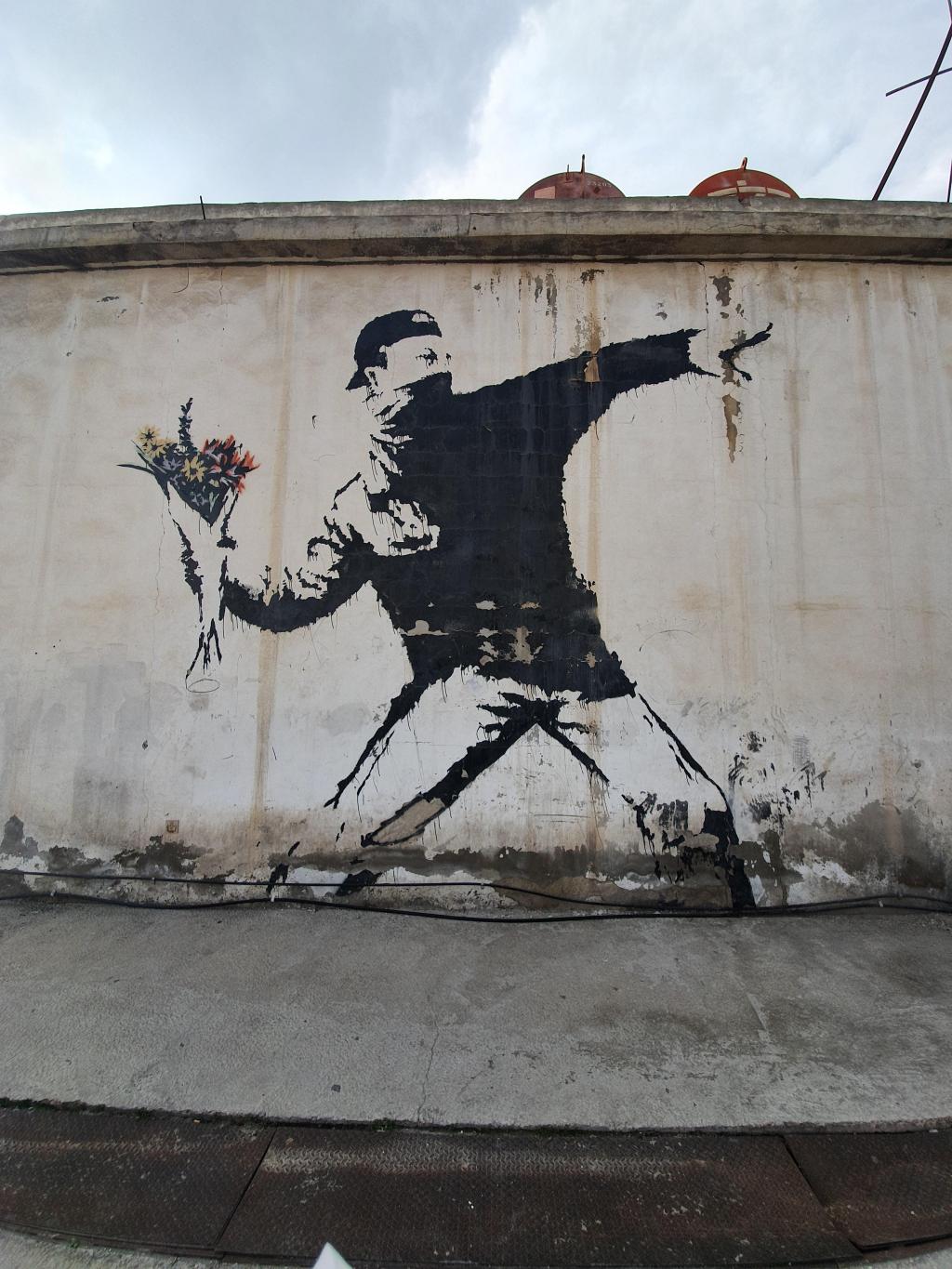In the world of street art, one name has become synonymous with creativity, activism, and controversy – Banksy. The elusive artist’s influence on the urban art scene is undeniable. With his thought-provoking stencils and powerful messages, Banksy has not only transformed the way we perceive graffiti but also challenged societal norms and sparked important conversations.
Born in Bristol, England, in the early 1970s, Banksy began his artistic journey by spray-painting walls and buildings in his hometown. His early works were characterized by their striking imagery and witty social commentary. But it was his ability to capture universal themes that resonated with people from all walks of life that set him apart from other street artists.
One aspect that distinguishes Banksy’s work is its accessibility. By choosing public spaces as his canvas instead of galleries or museums, he effectively democratized art. No longer confined to the elite circles of collectors or institutions, his creations became part of everyday life for anyone who happened upon them.
Banksy’s stenciling technique played a pivotal role in both establishing his unique style and facilitating the rapidity with which he could create art in public spaces without being caught. Stenciling allowed him to produce intricate details quickly while maintaining anonymity—a crucial element considering many of his works were unauthorized.
But what truly sets Banksy apart is not just the medium through which he expresses himself but also the underlying messages conveyed by his artwork. His pieces serve as social commentaries on a wide range of issues including politics, consumerism, war, poverty, and human rights abuses.
One such iconic piece is “Girl with a Balloon.” This image depicts a young girl reaching out for a heart-shaped balloon carried away by the wind—a symbol of innocence and hope slipping away from our grasp. It speaks volumes about our collective longing for purity amid a chaotic world filled with despair.
Another notable work is “The Flower Thrower.” This stencil depicts a masked figure hurling a bouquet of flowers instead of a Molotov cocktail. It is an embodiment of the artist’s belief in the power of peaceful resistance, challenging conventional notions of protest and rebellion.
Banksy’s art often blurs the boundaries between humor and tragedy. In his mural “Laugh Now,” he portrays a monkey wearing a sandwich board that reads, “Laugh now, but one day we’ll be in charge.” The piece serves as both satire and warning—a reminder that those who are marginalized or oppressed may rise above their circumstances someday.
While Banksy’s artwork can be humorous and visually striking, it is also unapologetically confrontational. Take his piece titled “Rage, Flower Thrower,” which features a protester poised to throw not flowers but an explosive device. It forces viewers to question the legitimacy and effectiveness of violence as means for change while simultaneously highlighting the desperation felt by many around the world.
Beyond his individual works, Banksy’s influence on street art extends to other artists who have been inspired by his boldness and fearlessness in addressing social issues. His impact is evident in cities worldwide where murals with similar themes have sprung up thanks to artists who seek to use their talents as tools for activism.
Moreover, Banksy has successfully challenged traditional notions surrounding art ownership by highlighting its commodification. He has famously shredded one of his own pieces during an auction after it was sold for millions—an act that shocked both the art world establishment and general public alike. With this gesture, Banksy emphasized that true artistic value lies not in monetary worth but rather in sparking conversations and challenging societal norms.
But perhaps what truly sets Banksy apart from other street artists is his ability to create controversy without succumbing to gratuitous shock value. While some critics argue that defacing public property is vandalism regardless of intent or message, others champion him as a voice for dissent—a modern-day Robin Hood who uses art to expose the hypocrisies of our society.
In conclusion, Banksy’s influence on street art cannot be overstated. Through his thought-provoking stencils, he has transformed the way we perceive graffiti and challenged societal norms. His work is accessible to all, sparking important conversations about politics, consumerism, war, poverty, and human rights abuses. Banksy’s impact extends beyond his individual pieces as he has inspired a new generation of artists to use their talents for activism. By challenging traditional notions surrounding art ownership and creating controversy with purposeful messages, Banksy continues to push boundaries and redefine what it means to be an artist in the 21st century.

Leave a comment